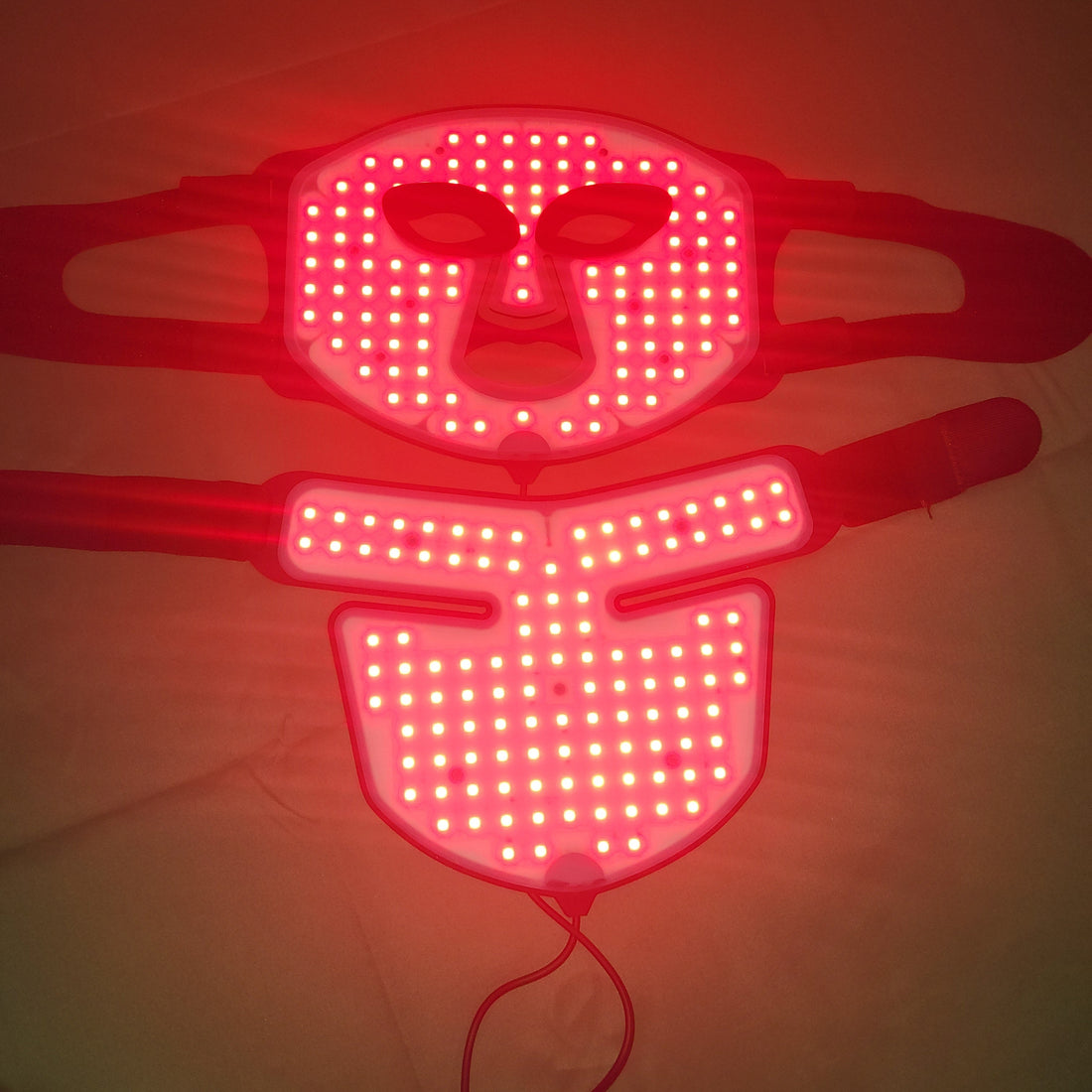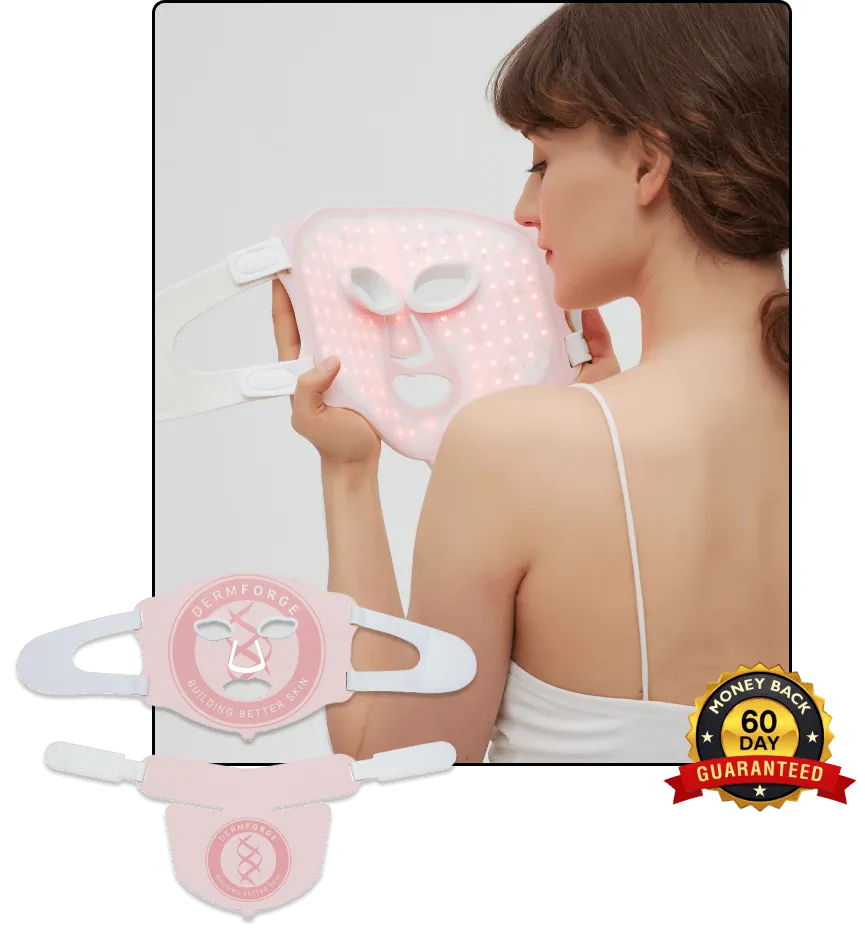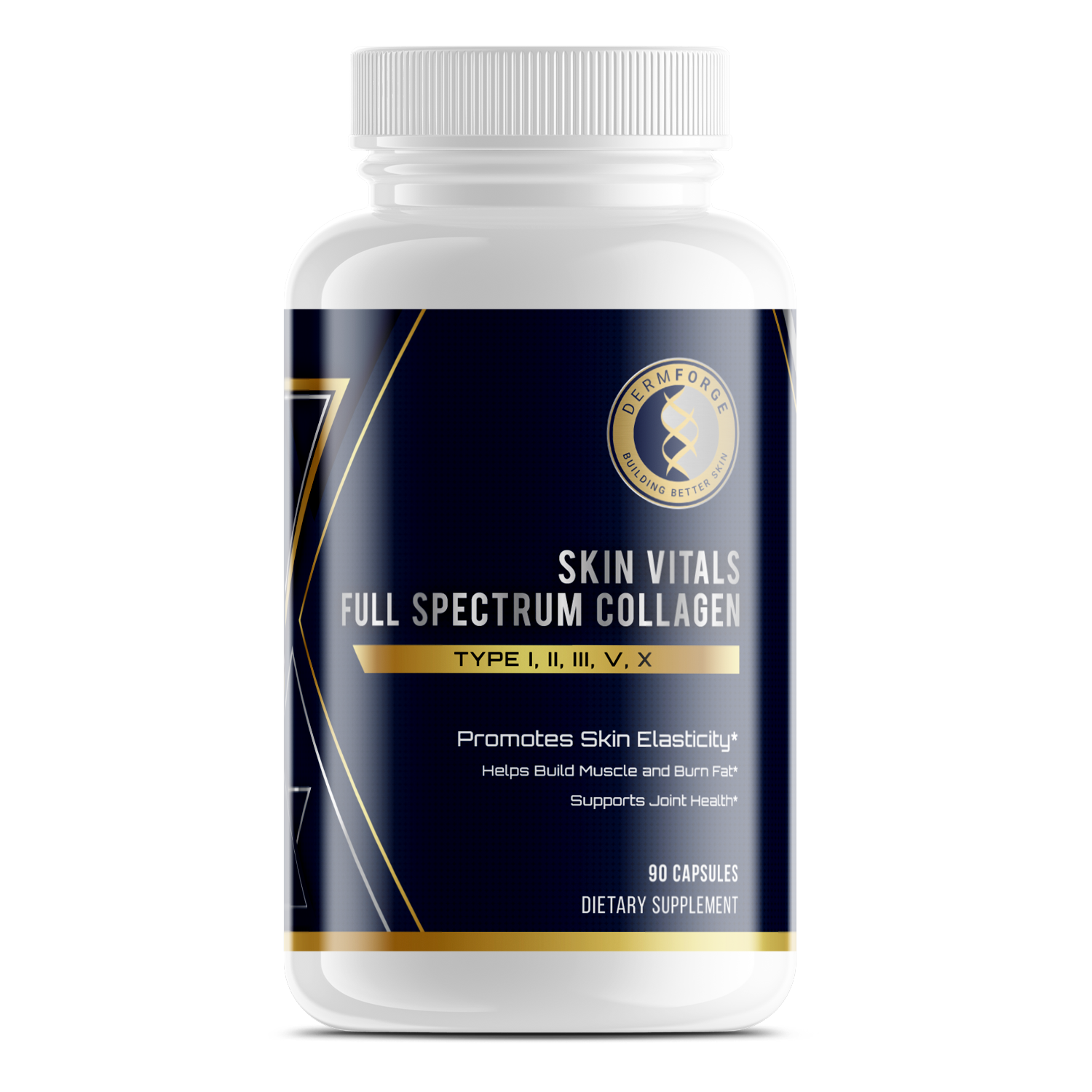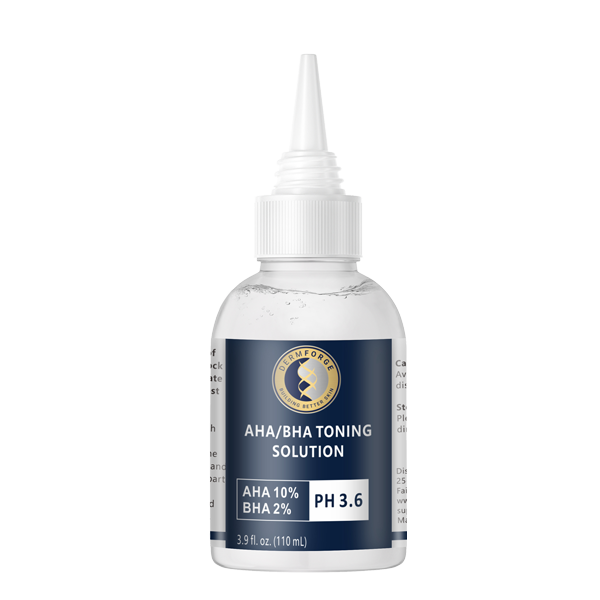Fine lines, wrinkles, and uneven skin tone can slowly appear as your skin changes with age. Red Light Therapy offers a gentle option for supporting healthy, more youthful-looking skin. This treatment uses specific light wavelengths to help energize your skin at the cellular level.
Additionally, red light can support collagen production, which helps reduce the appearance of wrinkles and sagging. Therefore, many people include it in their anti-aging routine. Unlike more aggressive treatments, it works without chemicals or invasive procedures.
However, the results are not immediate. You need to use it regularly and give your skin time to respond. That’s why understanding how it works is important before you get started. You want realistic expectations and a plan that fits your schedule.
Moreover, you can choose between professional treatments or at-home devices. Each option has different benefits depending on your needs and budget. Therefore, it helps to know what to expect from both.
Red light therapy is generally safe for most skin types. However, it’s still important to follow directions and avoid overuse. The light needs to reach your skin without interference from products or clothing.
As more people look for gentle skincare solutions, red light continues to grow in popularity. It offers a simple way to support your skin’s natural repair process. If you’re curious about how it compares to other treatments, there’s helpful information to guide your choice.
What Is Red Light Therapy and How Does It Work?
Red light therapy uses low-level wavelengths of red or near-infrared light to support skin and tissue health. These wavelengths reach deep into your skin without damaging its surface. Once absorbed, the light energy triggers natural processes inside your cells.
As a result, your cells begin to work more efficiently. Mitochondria, the part of the cell that produces energy, respond by generating more ATP. This energy fuels repair and renewal in your skin’s deeper layers. Therefore, your skin becomes more responsive to healing and regeneration.
Additionally, red light exposure can stimulate fibroblast cells, which help produce collagen and elastin. These proteins keep your skin firm and elastic. With consistent use, this process may improve your skin’s texture and reduce visible signs of aging.
However, the treatment isn’t just about improving skin tone. Red Light Therapy also supports circulation and reduces inflammation. These effects can help you feel more comfortable and look more refreshed over time.
Moreover, red light works gently and gradually. You won’t see immediate changes, but progress builds with repeated sessions. Some people notice subtle improvements in just a few weeks.
While other treatments rely on chemicals or abrasive methods, red light uses only light energy. Therefore, the risk of irritation stays low. You can use it safely at home or with a skincare professional.
As you explore options to support healthy skin, red light offers a simple, non-invasive solution. It works with your body’s own repair systems, not against them. If you want something consistent and non-disruptive, red light therapy may be worth considering.
Anti-Aging Benefits of Red Light Therapy
Red light therapy supports visible improvements in skin quality without harsh procedures. The treatment encourages your skin to produce more collagen naturally. Collagen helps keep your skin firm and smooth. As collagen levels increase, fine lines and wrinkles may become less noticeable.
Additionally, red light exposure can improve skin elasticity. Your skin may feel tighter and look more toned over time. These changes happen gradually, but consistency often leads to long-term results. Therefore, sticking to a schedule matters if you want visible benefits.
Moreover, red light may help fade age spots by promoting skin renewal. The light stimulates cellular turnover, which can reduce discoloration. As older skin cells shed, newer cells take their place. This process often leads to a more even skin tone.
However, benefits extend beyond appearance. Some people also notice better skin hydration and fewer signs of fatigue. As circulation improves, your skin can look brighter and more refreshed. Therefore, your overall complexion may appear healthier with regular use.
You can expect subtle but steady progress with this type of therapy. Since it doesn’t damage your skin, there’s no downtime required. That makes it easy to include in your routine. Additionally, many people find it relaxing and simple to use.
Although results vary, Red Light Therapy offers a low-risk option for supporting aging skin. It works with your body’s natural processes rather than masking problems. If you want a gentle way to support healthier skin, this option is worth considering.
Clinical Research and FDA Approvals
Red Light Therapy has been studied for its potential to support healthier, younger-looking skin. Clinical trials have shown that red light can improve skin texture and reduce wrinkles. Researchers found that specific light wavelengths stimulate collagen production in the deeper layers of your skin.
Additionally, studies report better elasticity and tone with regular treatments. These improvements were more noticeable with consistent use over several weeks. Therefore, patience and routine play an important role in visible results. Many trials used controlled settings to measure outcomes across diverse skin types.
Moreover, several red light therapy devices are FDA-cleared for cosmetic use. These include both professional and home-use options. The clearance means the devices meet safety standards and show evidence of performance. However, FDA clearance does not mean the results are guaranteed. It confirms the device is safe when used as directed.
Scientific evidence continues to support red light’s effect on aging skin. Therefore, many skincare professionals have added it to their treatment menus. Some use it after peels or facials to reduce redness and speed up recovery. You may also find dermatologists recommending it for fine lines and discoloration.
Additionally, red light causes minimal irritation and no downtime. Unlike aggressive procedures, it works without heat or harsh chemicals. That makes it a practical option for many people. If you’re looking into devices, choose one that lists FDA clearance on the label.
Overall, Red Light Therapy continues to grow in popularity because of its strong safety profile and clinical backing. If used regularly, it may support smoother, brighter skin over time.
Comparing Red Light Therapy to Other Anti-Aging Treatments
Many people compare anti-aging treatments before deciding what works best for their skin. Red Light Therapy offers a gentle, non-invasive option. Unlike Botox, it doesn’t involve injections or muscle freezing. Instead, it stimulates natural repair from within.
However, Botox provides faster results in areas like the forehead and eyes. It smooths wrinkles temporarily but wears off in a few months. Therefore, it requires regular maintenance and can be costly over time. You may also experience bruising or stiffness after treatment.
Additionally, chemical peels remove dead skin and improve texture through controlled damage. These peels often produce visible results within days. However, they can cause irritation and require downtime. Sensitive skin types may react poorly to stronger formulas. That’s why many people seek lower-risk alternatives.
Retinoids, both prescription and over-the-counter, are widely used for fine lines and dark spots. They speed up skin turnover and increase collagen over time. However, they may cause peeling, redness, or dryness. You need to build tolerance gradually to avoid side effects.
Red Light Therapy works more slowly but doesn’t cause irritation or flaking. Therefore, it’s a safer option for sensitive skin. It also complements other treatments without adding risk. You can use it alongside creams, peels, or facials to boost results.
Moreover, red light carries no risk of scarring or pigment changes. That makes it suitable for regular use across all skin tones. While it may not deliver dramatic changes overnight, it supports long-term skin health.
Home Devices vs. Professional Treatments
Red light therapy is available through both professional clinics and home-use devices. Each option has different benefits depending on your goals. Professional treatments use stronger equipment, which may offer faster results. However, these sessions can be expensive and require multiple visits.
Additionally, professional clinics often combine red light with other services. This adds to the cost but may improve outcomes. If you have time and a flexible budget, in-office visits can be effective. However, they may not fit easily into a busy schedule.
At-home devices offer more convenience. You can use them on your own time without leaving the house. Most home models are less powerful than those used in clinics. Therefore, results may take longer and require more frequent sessions.
However, the cost of a home device is often lower than several in-office treatments. You pay once and can use it long term. That makes it a practical option for regular skincare maintenance. Additionally, home devices are easy to store and simple to use.
While both options can work, they serve different needs. Professional treatments may deliver quicker results for targeted issues. However, home use works well for ongoing care and prevention. Your skin type and budget will help guide the best choice for you.
Moreover, some people use both methods together. They get professional sessions to start and follow up at home. That can offer the best of both worlds with less cost over time. Red Light Therapy works best with consistency, no matter which device you choose.
Best Practices and Safety Guidelines
To get the best results from red light therapy, it helps to follow a consistent schedule. Most people start with sessions three to five times per week. You can reduce the frequency after a few weeks, once improvements become visible. However, skipping too many sessions may slow your progress.
Each session usually lasts between 10 and 20 minutes. Longer treatments are not always more effective. Therefore, follow the time guidelines that come with your device. Additionally, keep the light at the recommended distance from your skin for proper exposure.
Make sure to clean your skin before each session. Lotions or makeup can block the light from reaching the tissue. However, avoid using retinol or exfoliating acids immediately before or after treatment. These products may increase sensitivity and irritation.
Red light therapy is generally safe when used properly. Still, avoid looking directly at the light source without eye protection. Some people may notice mild redness or warmth after use. These effects usually fade quickly and do not require treatment.
However, speak with your doctor if you have a medical condition or take photosensitive medications. Certain drugs and conditions may increase your skin’s sensitivity to light. Additionally, do not use red light devices on open wounds or active infections unless directed.
Follow all safety instructions included with your device. Use the settings designed for your skin type and avoid overuse. Therefore, start slow and increase gradually if needed. Red Light Therapy works best when used regularly and responsibly.
Conclusion
Red light therapy offers a gentle option for managing visible signs of aging. It works by supporting your skin’s natural renewal process. Therefore, it can help reduce wrinkles, improve tone, and increase firmness over time.
Additionally, it fits into most routines without causing irritation or requiring downtime. You can choose from home devices or professional sessions. However, both options require consistency for long-term results. Red light does not erase signs of aging overnight.
Moreover, many people appreciate that this treatment works without harsh ingredients or invasive procedures. It supports your skin instead of forcing fast changes. Therefore, it's often a good choice if your skin reacts poorly to stronger products.
You may also find that red light pairs well with other skincare steps. It won’t interfere with gentle products or treatments. However, always use caution and follow instructions for safe results.
If you stay consistent, you can expect subtle improvements in texture and tone. These changes often build slowly but last longer. Therefore, patience is an important part of the process.
Additionally, choosing the right LED device or provider can impact your results. Look for products designed for your goals and skin type. That helps you stay on track and avoid wasted time or effort.
Red Light Therapy is not a one-time fix, but it can support healthier skin long-term. If you're looking for something safe and reliable, this method may be a useful addition to your routine.






